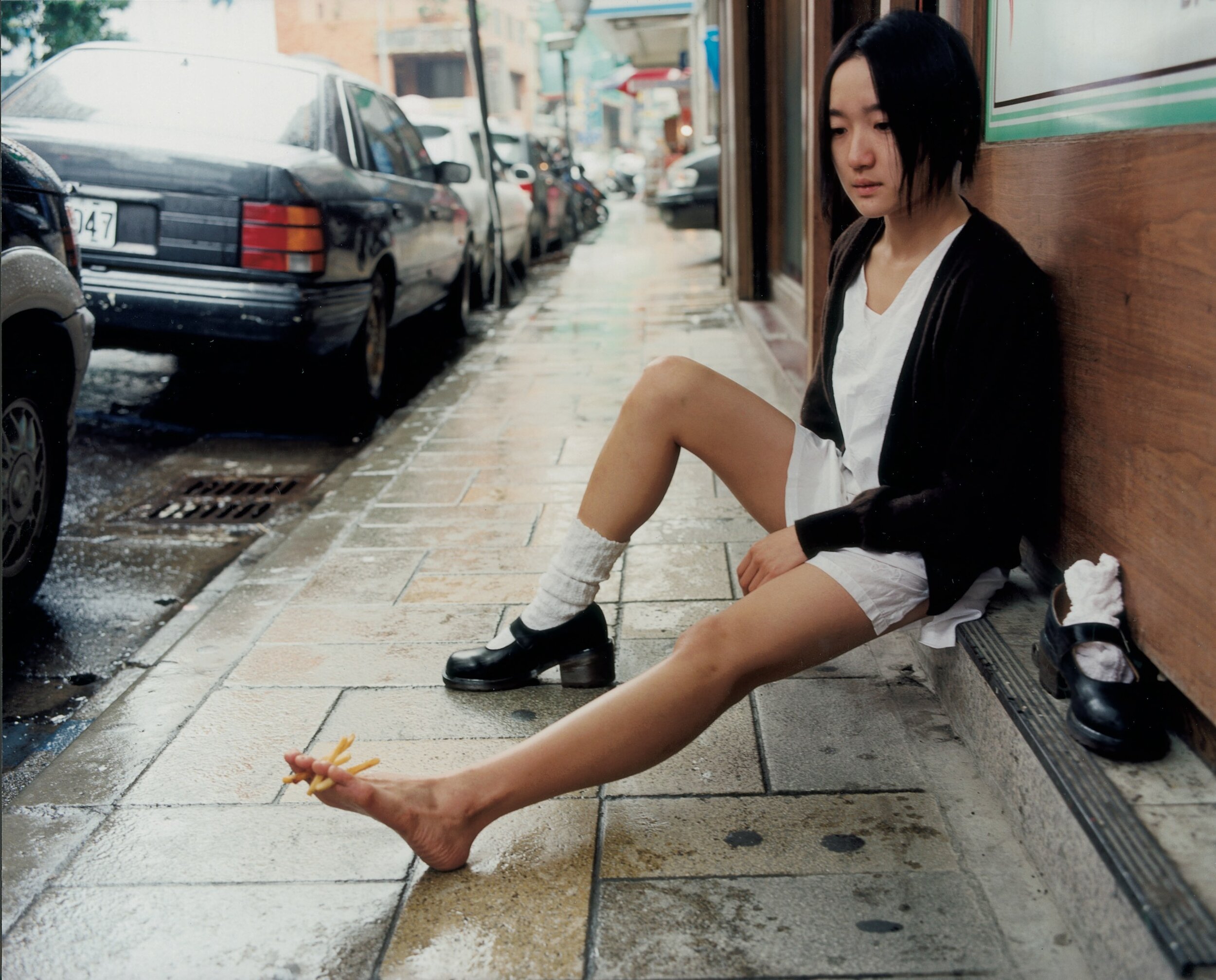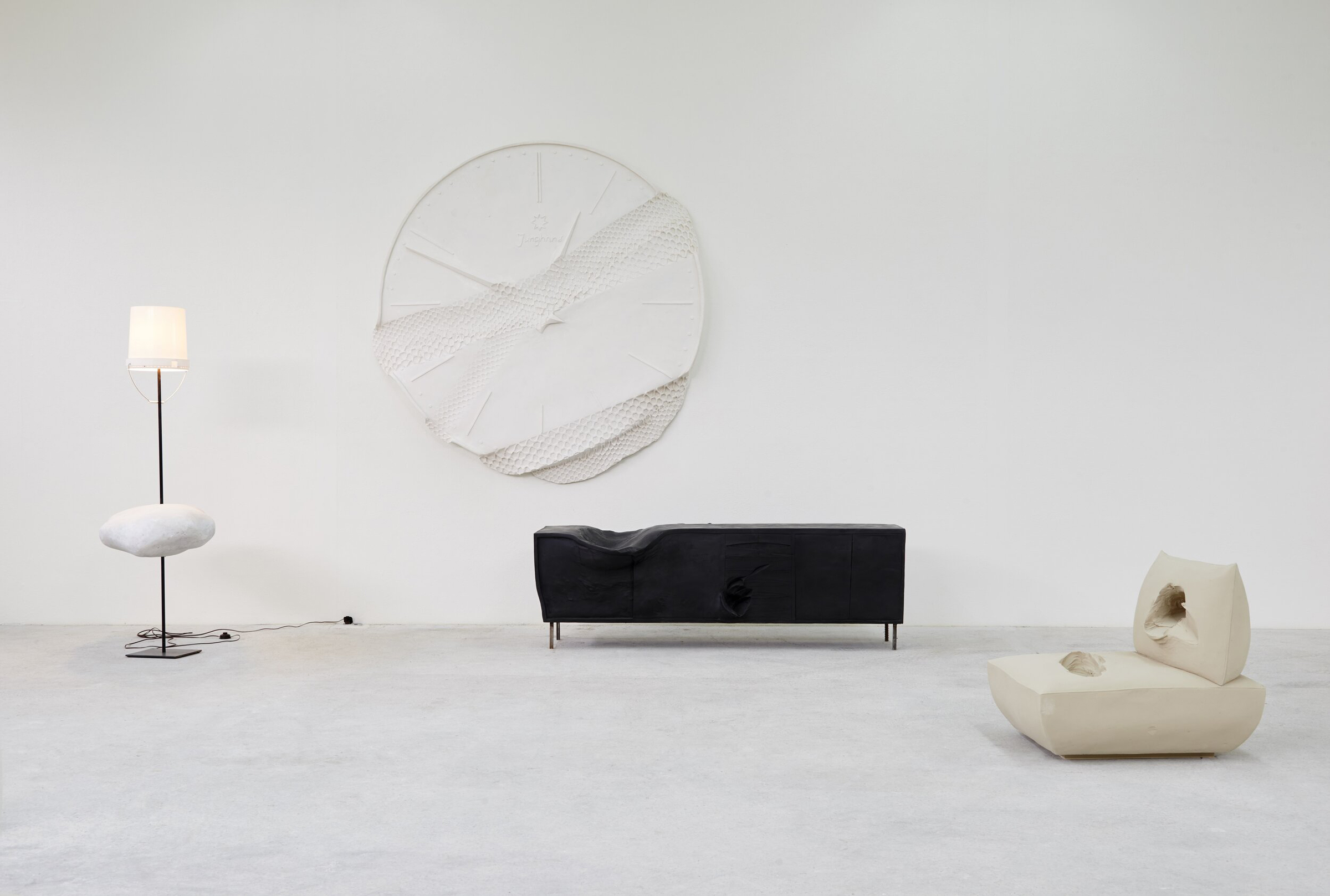
“Absurdity helps me to clarify, to make the view clear”
Have you ever seen a fat car? Maybe a thin house? It sounds like the start of a joke but for Austrian artist Erwin Wurm, who has spent much of his career exploring sculpture, space and the human form, it is a way to gain a new perspective or understanding of the world around us. While Wurm uses humour as a tool to get peoples attention, ultimately his work is intended to prompt people to look at things more carefully.
With one of his most well-known works, One Minute Sculptures, viewers are invited to take part in and become the artwork themselves. Wurm provides handwritten instructions accompanied by cartoon-like drawings so that viewers can pose with everyday objects, often in absurd and humorous ways.
Wurm states that “I am interested in the everyday life. All the materials that surrounded me could be useful, as well as the objects, topics involved in contemporary society. My work speaks about the whole entity of a human being: the physical, the spiritual, the psychological and the political.” NR Magazine joined the artist in conversation.
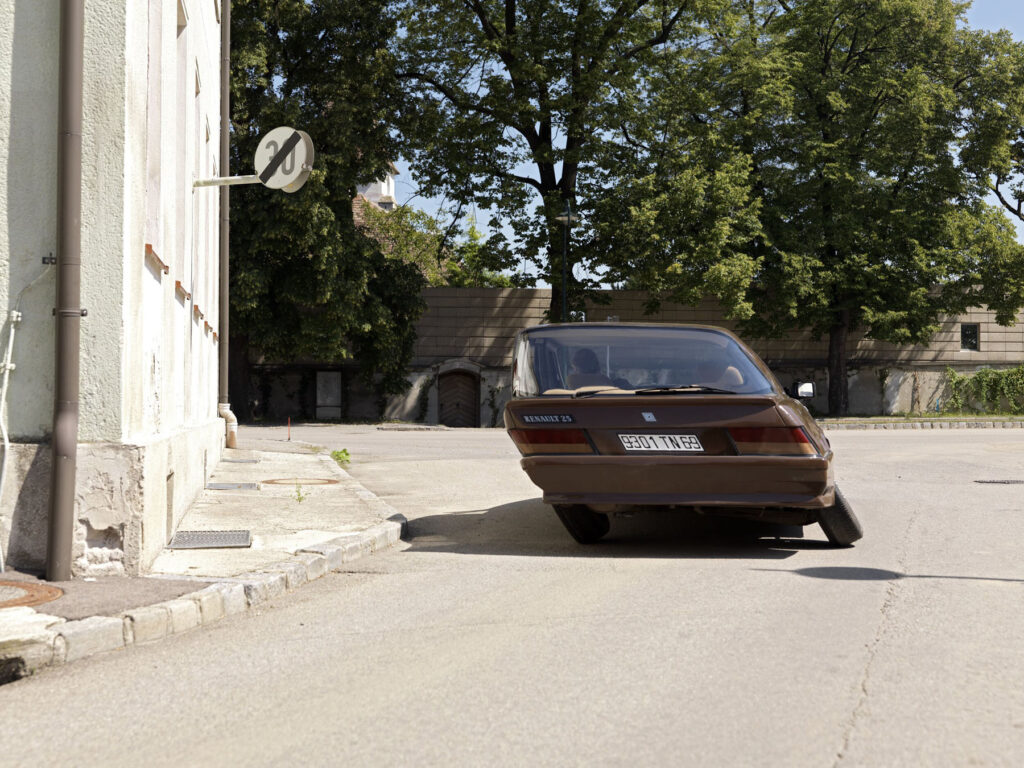
Much of your work revolves around the concept of consumerist excess and gluttony. Does your work critique the people who are manipulated to consume in such an excessive way or the capitalist society that entices and forces them to do so?
It doesn’t critique the people, it critiques the system and the idea of the system. But on the other side, it wasn’t only a critique. I was working on the notion of sculpture and what does it mean to make a sculpture. Then I came to some basic questions, when I make something I add volume and take volume away. When we gain and lose weight we do the same, so you could say gaining and losing weight is a sculptural thing. I found this strange absurd relation interesting. The sculptural issue was always combined with the social issue. Sometimes it’s more a critique of consumerism, sometimes it’s addressing questions about our entire life, and psychology, and all these things.
One of your most well-known series of works is One Minute Sculptures in which viewers pose with objects to become ephemeral sculptures. As these ‘sculptures’ are then captured with photography what separates them from say, an image on social media with someone posing in a similar way? What makes one a ‘sculpture’ and the other simply a funny image?
Well first, I started doing them in 1992 far before social media existed. At the time I invited people to follow my instructions and I made little drawings so people could realise the sculpture. It was an attempt to democratise the concept, so everybody can be a part of the art piece. So I invited the public to follow these instructions and at that time we offered mainly, at the exhibitions, Polaroid photographs. So they would have a Polaroid taken of them and then they would go home with it.
This was far before social media existed, but then social media came and now everyone comes into my shows with mobile phones and takes selfies. But it’s cool, it’s great, and they transport them out into the world. And many people know my work. I was surprised that this became a success because as an artist you always have doubts. I was very surprised that it became so successful.
You consider the physical act of gaining and losing weight as a sculptural gesture. Is the intention for your work simply to explore the sculptural form of gaining and losing mass or is it a greater commentary of the danger and damage diet culture causes?
I was playing with this diet culture because I remember when I was younger, it started in the 70s, there were these photographs about gaining weight. These double portraits with one slim one fat. I turned it around and made a portrait of one slim one fat, so I was playing with the important questions of daily life. Important questions which everybody and all these magazines were dealing with.
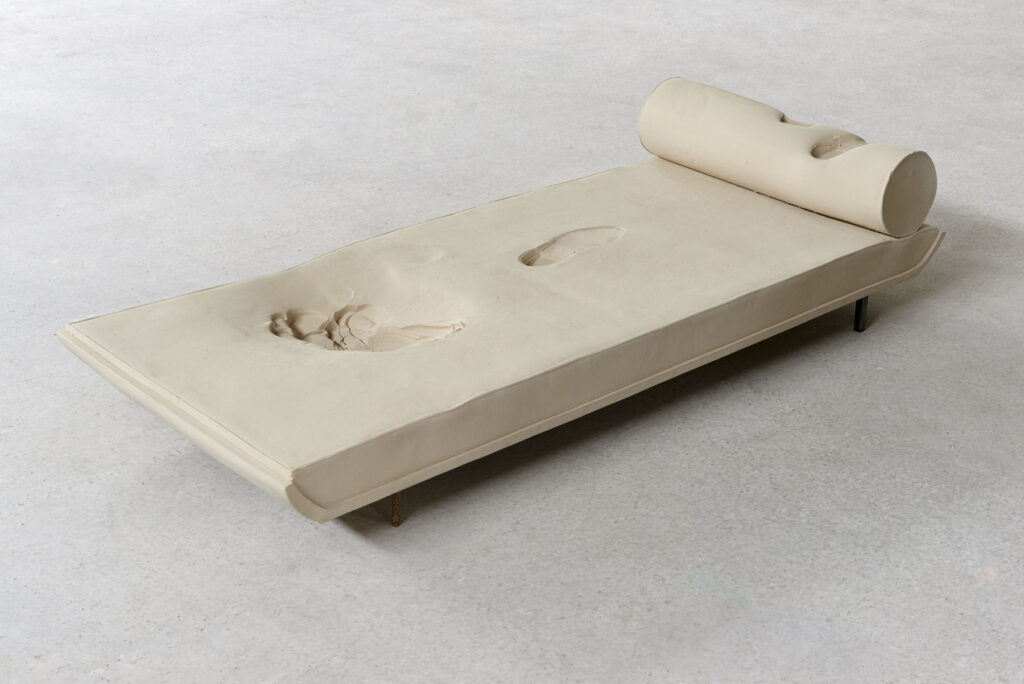
You are known for using humour to explore serious topics in your art. Do you think that people these days, particularly the younger generation, see using humour as a coping mechanism as part of their collective identity? If so how do you think that affects how they approach the creative sphere?
My humour comes from the idea of the absurd. I’m very influenced by the absurd like Beckett, Ionesco, and all the others. Also, the idea of paradox, looking from the paradox and the absurd angle to view our world and maybe see something else, something different. This is necessary because our world is fucked up, and in a very bad condition, and it gets worse and worse.
“I think we have to start making steps back and look at what we are doing.”
Where we have brought the world and how we will treat our world in the future. Absurdity helps me to clarify, to make the view clear in a way. And humour is a part of absurdity, yes. Sometimes humour is a good thing to use, but not always because I’m not a joke teller. I don’t want to become someone who is just telling jokes. I want to be taken seriously, even though sometimes I use humour as a certain method.
You often extend and alter reality in intriguing, humorous and disturbing ways. Do you think viewers connect with your work because there is a common desire for escapism in a post-capitalist society?
Maybe? But frankly, I never thought about this very seriously because I’m more intrigued by my work. I feed into my own work and my own universe. I try to get the best out of it and then I show it to the public and they discuss it. They love it or they hate it or whatever but I am more focused on my work and not so much the reaction of my work.
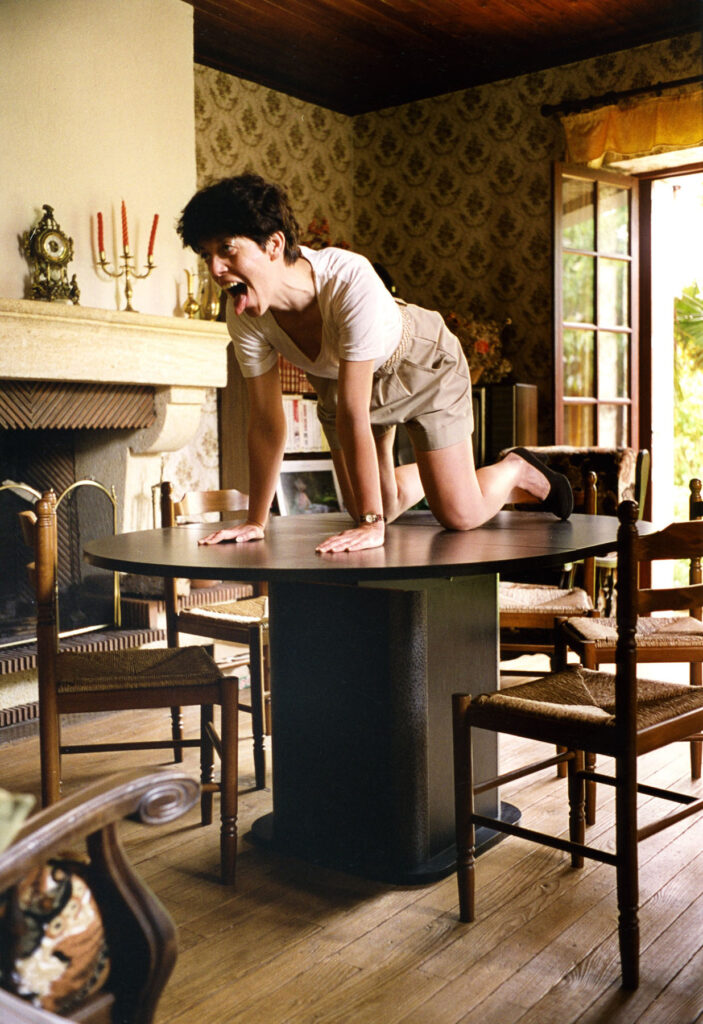
So you say you dive into your universe, how would you describe that?
I create certain issues in my work and certain quality criteria. I always try to get better and it’s getting worse and then it’s getting better and then not. So it’s a constant fight. It’s a daily fight with my work and the rules inside my work, the different components and the quality aspects that I’m fighting for. Sometimes it goes very easy and very smooth and sometimes it’s very edgy and complicated. Sometimes I don’t get to the point and I don’t even know where the point is. The point is disappearing and I have no idea what I’m doing. Then desperation is following and then it’s releasing again and it’s constant up and down. But I think every artist can give you this same answer. Because an artists life is not like you know what you are doing and you just do it. It’s full of doubts and shortcuts in a way. That makes it exciting, but also exhausting sometimes.
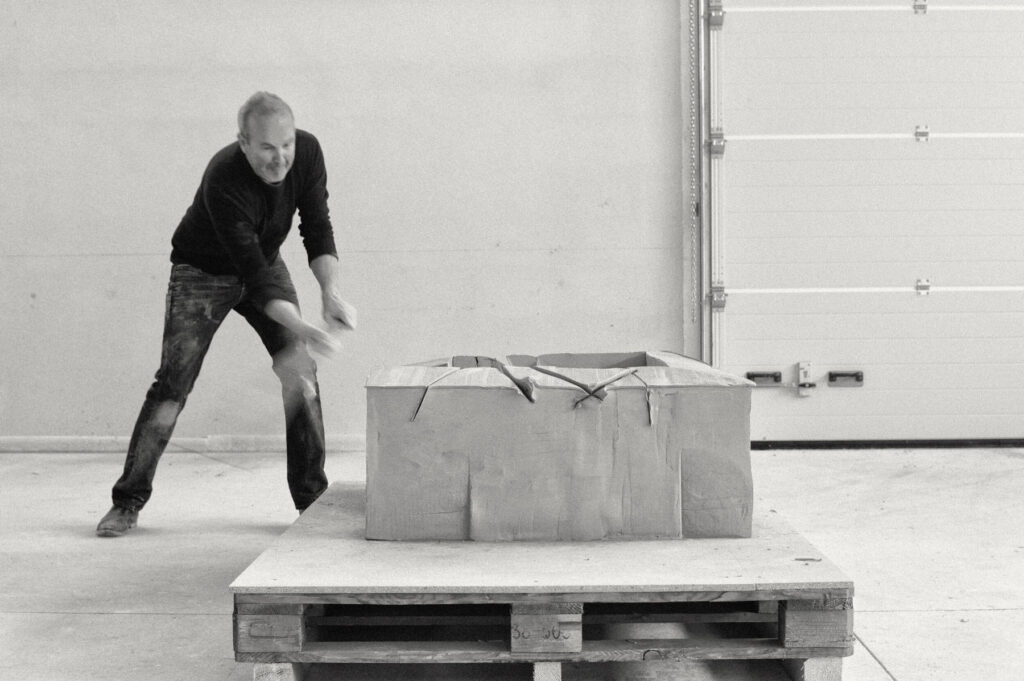
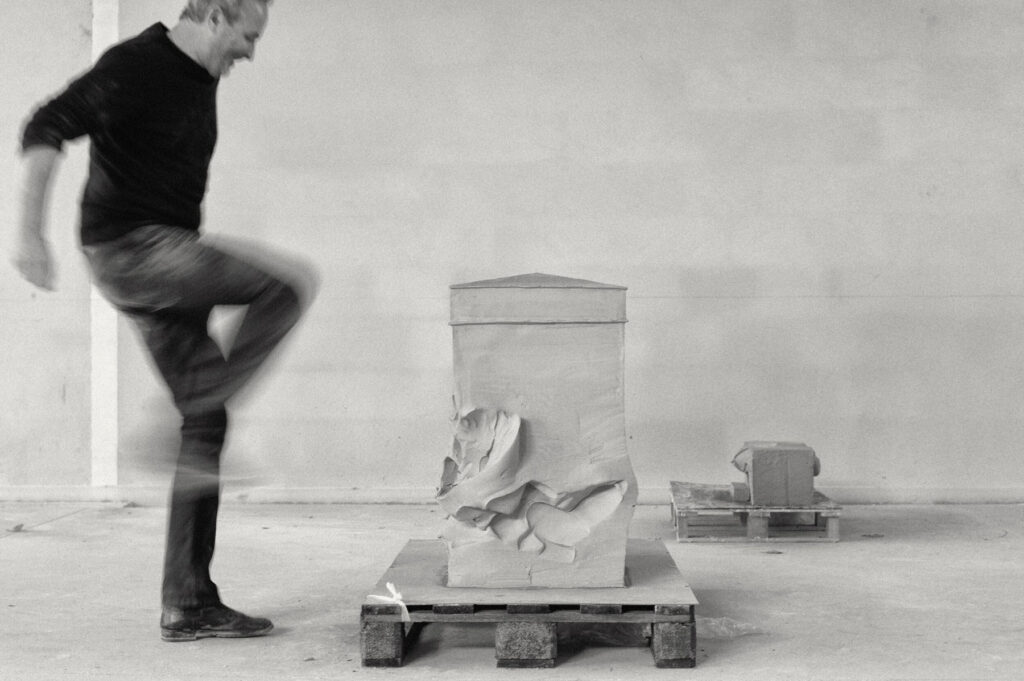
Do you have a specific way you approach your work, say from coming up with an idea to seeing it to fruition?
Yeah so when you work a lot, you get more and more ideas. I never run out of ideas, but it’s whether they are good or not. I write them down and make little notes and little drawings in little booklets. I look at them after a certain time and when I find something interesting I make a mark of it. Then I go on with it and I come back and forwards and backwards. In one moment I think “Oh that’s a good idea I could do something out of this”, and then I have to decide “What do I do?” Do I make a photograph, or a video, or a 3D sculpture, or a drawing, or a painting, or whatever? So that’s a second process and this lasts sometimes a long time, sometimes a year or more, and others times it goes very quick. It depends on my mood or my idea.
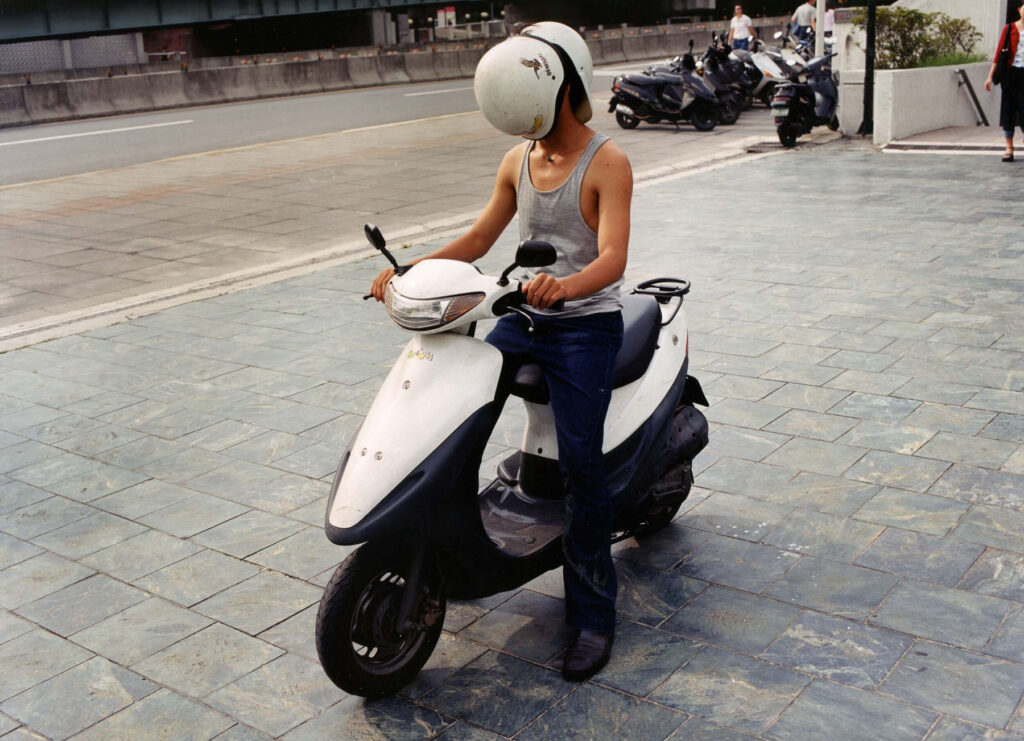
Your work deals with philosophy drawing inspiration from philosophers from the early twentieth century. Is there a philosopher or philosophy that stands out particularly when it comes to your work as a whole?
Well yes, because I’m Austrian there were always two guys who were very influential on me. One isn’t actually a philosopher but a psychologist, Sigmund Freud of course. The inventor of psychoanalysis, he’s Viennese. The other is Liechtenstein, who was a linguist describing and trying to make order of the world through language. Just the opposite of Sigmund Freud which is very interesting too.
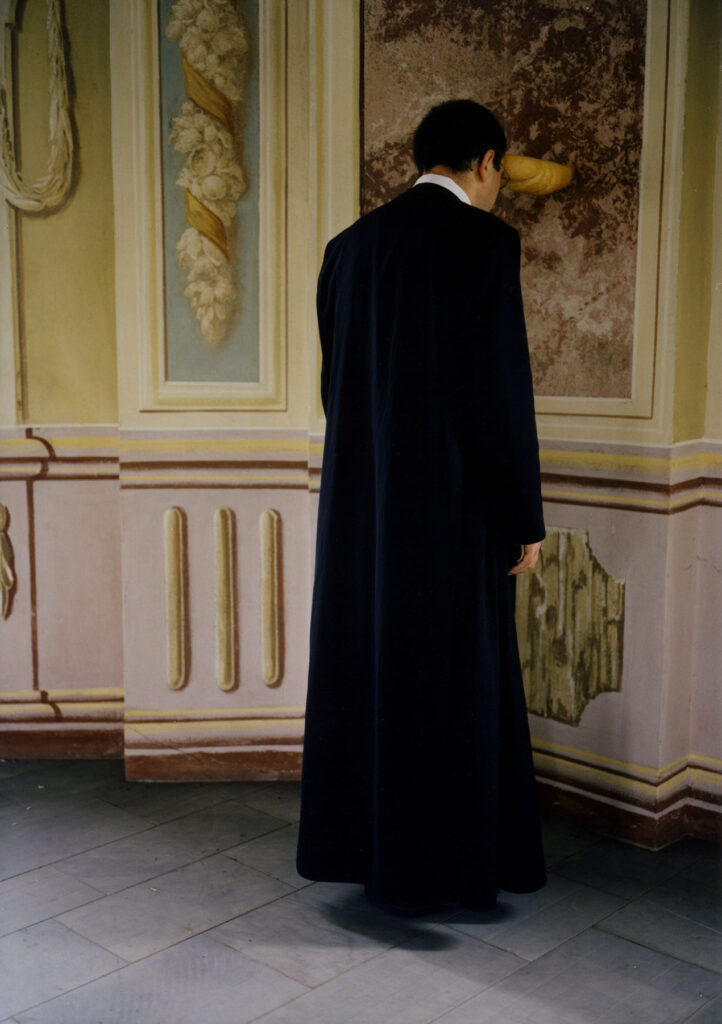
For other people, if you go back to Montaigne who was a philosopher from the Renaissance. By writing about the world, just by writing about himself and his family, and his needs and necessities, and his desires and his longings, that made him write about the world. It’s so interesting because that’s what artists are doing.
“When we make work about us, in a way we mean the world.”
When it’s functioning well, it’s accessible for many people. if it’s just a story about your grandmother nobodies interested, but if you’re able to lift up a story that is accessible to many people, then it’s interesting.
How do you find that then comes out in your work?
That’s a good question. How do I know? Sometimes I have the feeling it works well, and then not. It’s a constant doubt, yes. That’s the fight that I was talking about before.
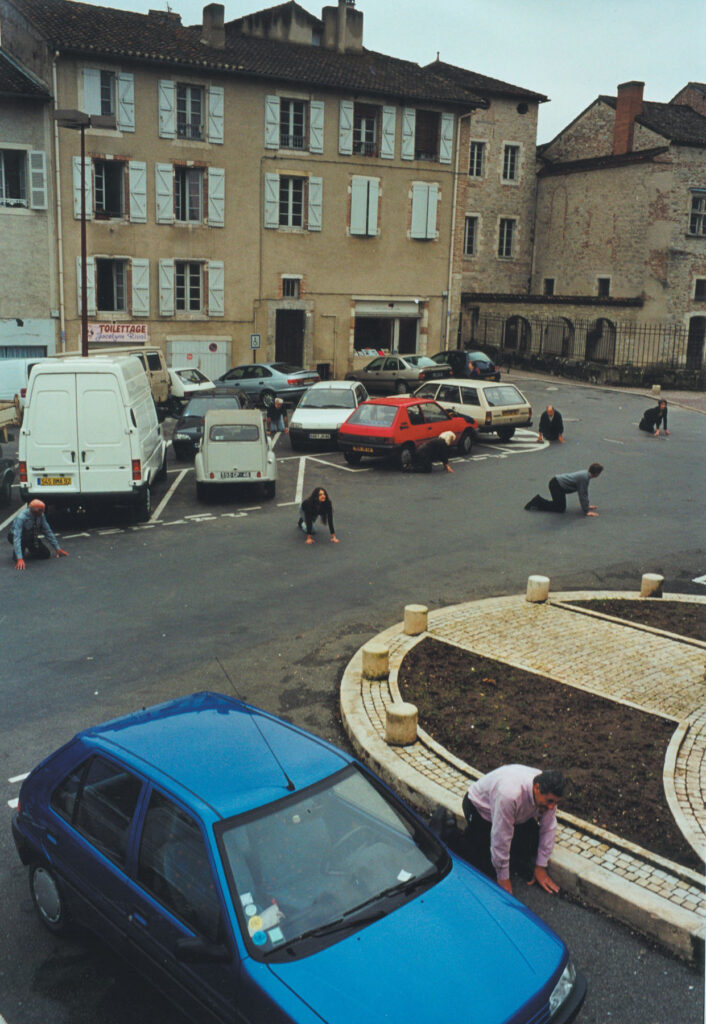
What advice do you have for young creatives?
Oh my God, go on! Don’t believe anybody! Because so many people gave me advice and much of it was good but also much of it was not good. So be critical with what you hear and what drives you. Be critical with yourself, and be critical with the world, and try to make it better every single day, and don’t give up. Don’t give up, go on. People will tell you “Oh there are so many artists in the world we don’t need another one” or “You will never make a living out of this.” I heard this always. Just go on. Just trust yourself. You really want to do it then do it. If you have doubts then stop and try to have a better life somewhere else. And I mean having doubts in the general idea of becoming an artist, not having doubts about the work you are doing.
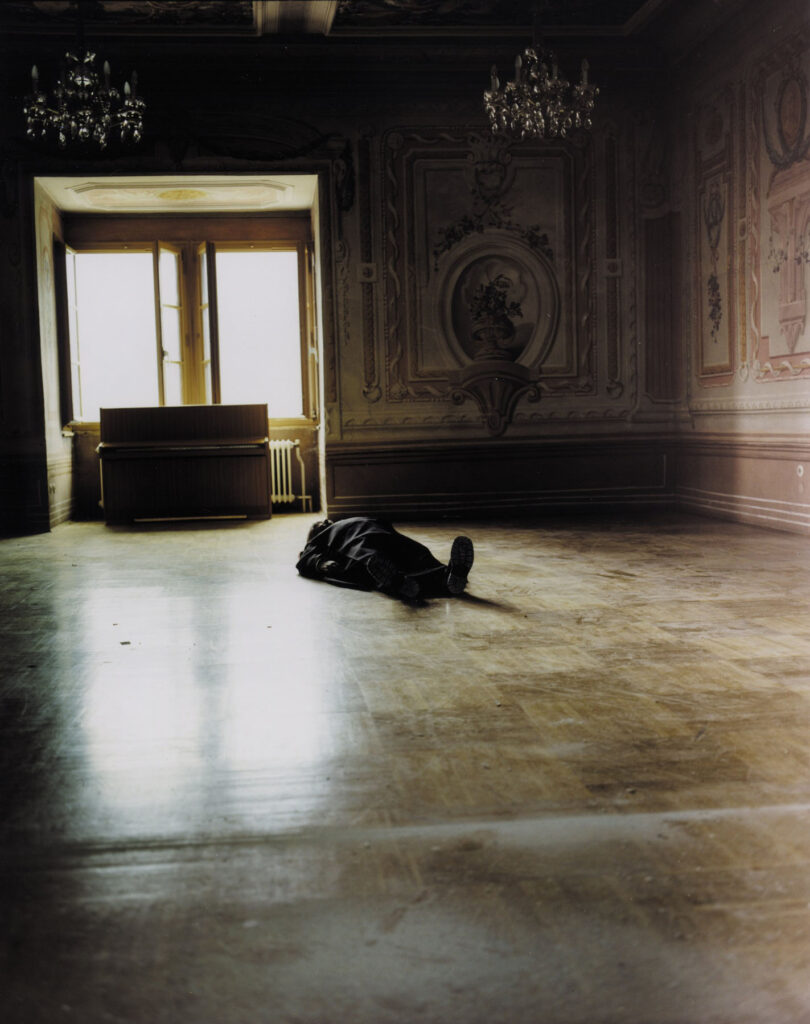
Are you working on any projects at the moment and what plans do you have for the future?
Oh, I have several shows coming up. I’m not able to go, but we made a show with augmented reality. They scan sculptures and then they transform them. You can go there and there is a QR code on the floor, and you see this sculpture pop up. Sometimes it’s very large and you can walk around them. I will be there on a flying carpet as an augmented reality also. It’s an experiment we did this recently and it was quite successful. In the fall I will do some other shows, so it’s going well, it’s going good! I have a lot to do, it’s very exciting. I’m looking forward to being able to have exhibitions and openings which I can go to.
